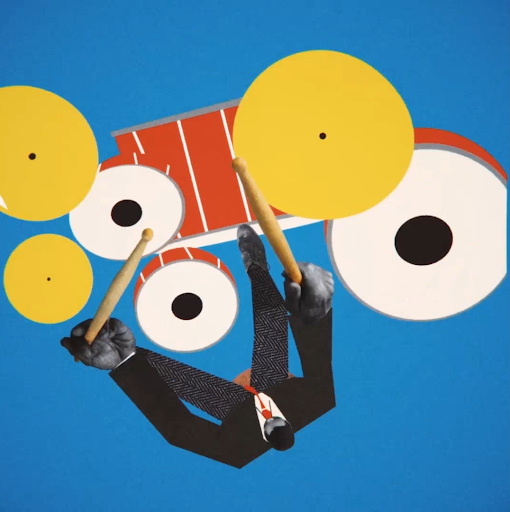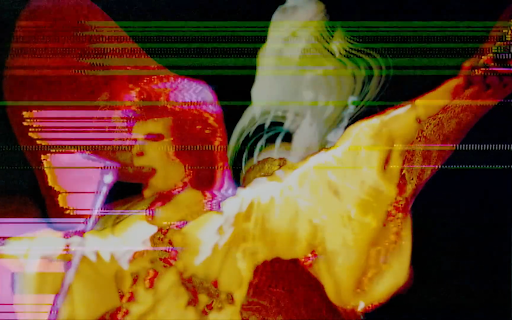Understand the importance and application of sound design in motion graphics and animation. Learn about the different types of digital audio, benefits of sound design, and useful tips for working with audio files in your motion design projects.
Key Insights
- Sound design plays a pivotal role in motion design, enhancing the immersive experience for viewers and establishing a consistent tone and style throughout a project.
- The application of sound design varies significantly from project to project, ranging from GIF files for website display ads with no sound layer, to elaborate explainer videos with music, sound effects and voiceovers.
- Sound design offers numerous benefits such as creating an atmosphere, supporting a story, and enhancing viewer engagement.
- Three types of digital audio used in sound design include music, sound effects, and spoken word (voiceovers, narration, and previously recorded material).
- There are numerous sources for acquiring sound files, including Adobe Stock, Premium Beat, and Envato, as well as free sources like Videvo, Free Music Archive, Mixkit, and Free Sound.
- Sound design production tips include modifying audio files with applications like Adobe Audition and Audacity, using automated trimming features, creating mash-ups, reviewing music while previewing motion design files, and recording your own voiceovers.
Create a more immersive experience and a professional final product - sound design is the key! Learn how it can elevate your motion design project and tie together the various visual elements.
Sound design is an essential and sometimes overlooked aspect of motion design. Sound design can help to create a more immersive experience for the viewer, creating an aura that draws them into the world of the motion design project and enhances the emotional impact of the visuals. Additionally, sound design can help to establish a consistent tone and style throughout a project, tying together the various visual elements into a cohesive whole. This can help to create a more polished and professional final product.
The extent of sound design’s influence and how it is applied varies dramatically from project to project. Website display ads (typically only a few seconds long) are often GIF files, which do not contain a sound channel or layer. On the other hand, explainer videos and other elaborate and longer motion design projects often include music, sound effects, and perhaps a voiceover, combined to evoke an ambiance or setting in which a story unfolds.
To further understand sound design’s role in motion design, we’ll look at:
- The benefits of using sound design.
- Three different types of digital audio, where to acquire both world-class and free source media, and provide compelling examples of each type.
- Useful tips when working with audio files in your motion design projects.
Benefits of Using Sound Design
Creates atmosphere: create a sense of place, time, and mood — the sound of rain can create a sense of calm, while the sound of thunder can create a sense of danger.
Supports the story: add depth and meaning — a character's footsteps can create a sense of suspense, while a character's voice can reveal their emotions.
Enhances engagement: maintain the viewer's attention and make the project more enjoyable to watch — a ticking clock can create an atmosphere of urgency, while a laugh track creates the context of humor.
Types of Sound Design
- Music: probably the most common sonic addition. Typically, stock audio files are previewed, comped (downloaded files containing a sonic watermark), and purchased when the final selection is made. There are numerous audio stock houses, including familiar vendors that supply stock images and videos, as well as specialty vendors that only offer audio files. You may even work on a project where a composer was contracted to write music tailored specifically to the project. Also, the client or employer may have a collection of audio files that are components of their branded library of assets.
A Partial List of Music Sources
- Adobe Stock
- Envato (including free media)
- Videvo (free media)
- Free Music Archive (free media)
- Mixkit (free media)
- Free Sound (free media)
Sound Design Examples

Example #1: “Interstellar Montage”
This science fiction epic was nominated for Best Soundtrack, Best Sound Editing, and
Best Sound Mixing at the 87th Academy Awards, and won for Best Visual Effects.
The emotional theme of a father leaving his child for work, with the survival of the human race at stake, was a great opportunity for heartfelt music to lure the audience into this complex drama.

Example #2: “The Drummer”
This short clip exemplifies combining the sound and images’ timing into a lock-step
synergistic result.
- Sound Effects: recently enjoying a surge in popularity, sound effects are added to motion design projects to appropriately punctuate a key point, alert the viewer to a transition, or emphasize a concept. The role of the sound effect is to highlight an aspect of what is happening visually onscreen. Sound effects can usually be acquired from the same vendors that supply stock music.

Example: “IKEA — Motion Language”
Sander van Dijk demonstrates various IKEA product digital interactions, with digital sounds to accentuate when app events occur, creating a cheerful and upbeat adventure.
- Spoken Word – Voiceovers, Narration, and Previously Recorded Material: basically, this is using a recorded human voice. Voiceovers are standard in ads, explaining a consumer issue and providing the advertiser’s solution. Narration describes aspects of a story being told. Previously recorded material can run the gamut from recording an event such as a webinar or interview to famous historic orations such as John F. Kennedy’s moonshot speech.

Example: “Moonage Daydream” Official Trailer
The sound of David Bowie’s voice while watching eye-catching special effects extends an additional personalized dimension to the film, giving the documentary a one-on-one conversational vibe while entering the superstar’s private world.
Sound Design Production Tips
- Modify audio files: applications like Adobe Audition and Audacity enable powerful and effective sound file editing. Common tasks include:
- Enhancing certain parts of an audio file louder or softer (normalizing)
- Boosting or reducing certain parts (bass, midtone, treble) of a sound wave (equalizing)
- Speeding up or slowing down a recording
- Customized trimming of a recording to fit a specific time
- Removing parts of a recording, either entire sections of content or just incidentals like removing an unwanted phone ring, background noise, and hiss
- Automated Trimming Features: Adobe Premiere and Adobe Audition both allow the automatic trimming of an audio file to a specified time. The software analyzes the audio track and makes cuts (that can be edited after applying) to fit the time allotted.
- Mash-Ups: combining audio tracks (mixing) is another popular software feature. Adobe Audition has a multi-track module that approaches the capability of a formal recording studio.
- Reviewing Music: Try listening to your music selection options while viewing a preview of your motion design file. This will give you a helpful sense of how well the music fits the animation.
- Voiceovers: Many voiceovers are recorded scripts delivered by a professional. However, if the voiceover recording is not ready while you are working on a project, you can record your own and use that to help lay out your timeline.
Key Takeaways
- Using sound design in motion design projects helps create atmosphere, supports storytelling, and adds emotional depth and meaning, thereby increasing engagement.
- There are 3 types of sound files: music, sound effects, and recordings of the human voice.
- Sound design production tips include: modifying your audio files in audio editing software and using its automated music trimming features.



